Stones are hard masses that can occur in various parts of the human body, formed from accumulated and deposited salts and minerals. They can cause inflammation, pain, and serious health implications. Here are 9 surprising locations where stones can develop.
1 Kidney Stones
Kidney stones are a common condition where hard deposits form in the kidneys due to the accumulation and crystallization of substances like uric acid, calcium, and oxalate from urine.
Various factors can contribute to kidney stone formation, including dehydration, excessive intake of certain foods and salts, genetics, metabolic disorders, or underlying anatomical issues in the urinary system.
Symptoms of kidney stones may include intense pain in the lower back or sides, near the ribs. Additionally, urination may be painful, frequent, or incomplete, while the urine itself may appear discolored (red, pink, or brown) and have a foul odor.
 Kidney Stone
Kidney Stone
Related:
2 Bladder Stones
Similar to kidney stones, bladder stones also result from the crystallization of salts and minerals like uric acid, calcium, and oxalate in the bladder. Risk factors include prolonged urine retention, dehydration, incomplete bladder emptying, or urinary tract infections. In some cases, kidney stones can migrate to the bladder and continue growing there.
Bladder stones can cause pain during urination, especially in the lower abdomen. The urine may also appear red or pink due to blood or become cloudy. Frequent urination and a sensation of incomplete bladder emptying are other common symptoms.
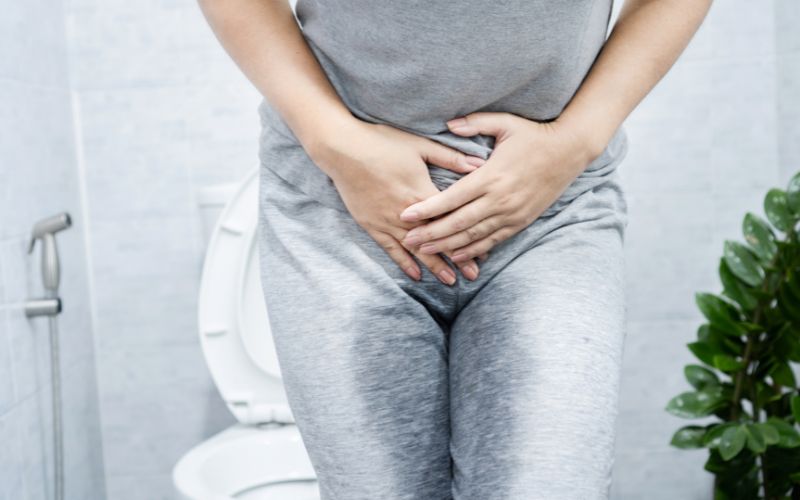 Bladder Stone
Bladder Stone
3 Gallstones
Gallstones, also known as biliary stones, primarily form when bilirubin, a substance found in bile, increases and becomes insoluble, leading to crystallization. Unhealthy diet, rapid weight loss, obesity, and genetics are common contributing factors.
Gallstones can cause pain in various locations, including the right upper abdomen, which may extend to the upper stomach, above the navel, right shoulder, shoulder blade, or back.
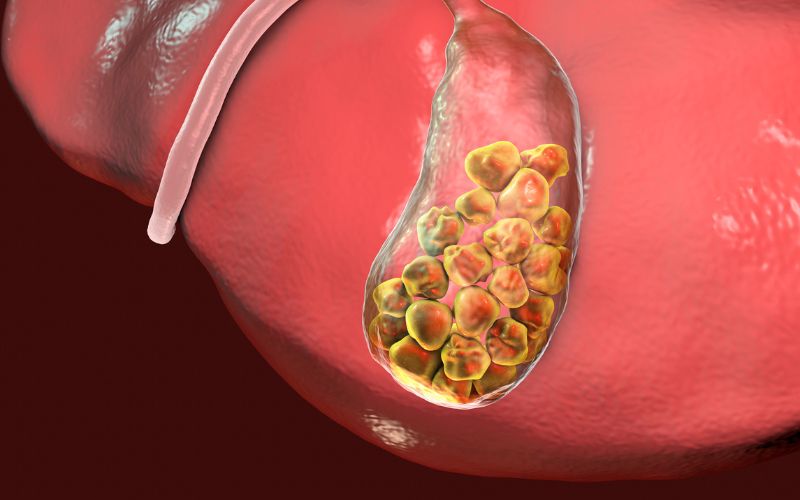 Gallstone
Gallstone
4 Tonsil Stones
Tonsils are lymphoid tissues located at the back of the throat that help protect the body from pathogens. Tonsil stones can develop when dead cells, food particles, and bacteria accumulate in the crevices of the tonsils.
Usually, the tonsils can clear these substances, but sometimes they harden and form tonsil stones. They can cause bad breath, sore throat, and difficulty swallowing, creating a constant feeling of something stuck in the throat and causing swelling.
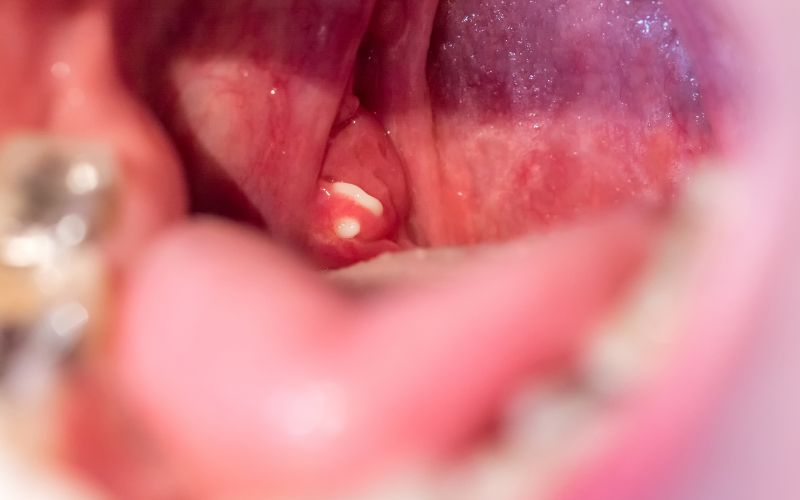 Tonsil Stone
Tonsil Stone
5 Prostate Stones
Prostate stones are formed when minerals in the prostatic fluid crystallize into hard deposits. They are associated with prostatitis, infections, and other dysfunctions, and are more common in older men.
Symptoms may include pain or discomfort in the lower back, painful or difficult urination, and blood in the urine.
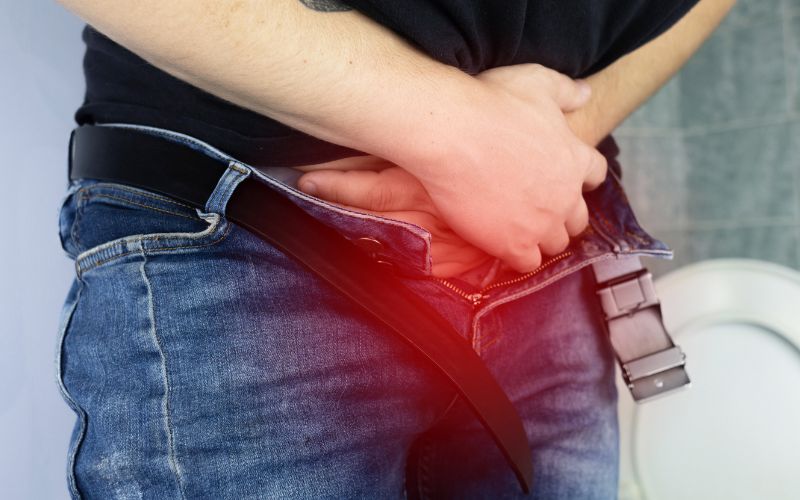 Prostate Stone
Prostate Stone
6 Salivary Gland Stones
Salivary gland stones form when minerals deposit and crystallize within the salivary ducts, causing pain, swelling in the face, mouth, or neck during eating, talking, or swallowing.
 Salivary Gland Stone
Salivary Gland Stone
7 Nasal Stones
Nasal stones, also known as rhinoliths, are formed by the accumulation of minerals like calcium and phosphate in nasal secretions. Other causes include foreign bodies, inflammation, and infections.
Symptoms of nasal stones may include pain, foul-smelling nasal discharge, bloody mucus, and in severe cases, difficulty breathing if the stone is large enough.
 Nasal Stone
Nasal Stone
8 Pancreatic Stones
Pancreatic stones are caused by the crystallization of substances like calcium, protein, and fat in the pancreatic ducts or pancreas. Risk factors include high blood calcium levels, pancreatitis, excessive alcohol consumption, and elevated blood fats.
9 Phleboliths
Phleboliths are calcified nodules that develop due to venous malformations, initially soft and gradually hardening into stone-like formations. These stones can cause changes and pain in the skin around the cheeks, lips, mouth, head, and neck.
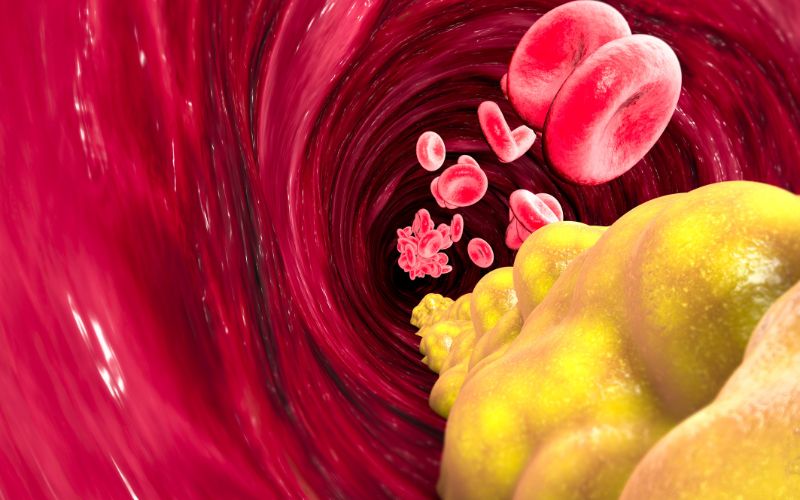 Phlebolith
Phlebolith
These are some of the lesser-known locations where stones can form in the human body. They can develop with varying symptoms, so it’s crucial to seek medical attention if you experience unusual pain.
Source: WebMD






































